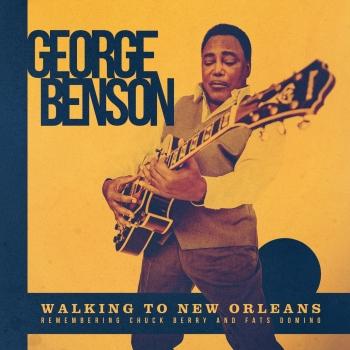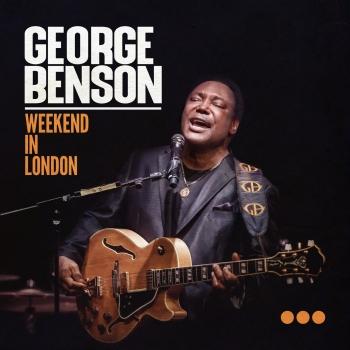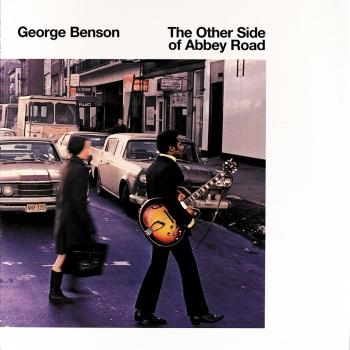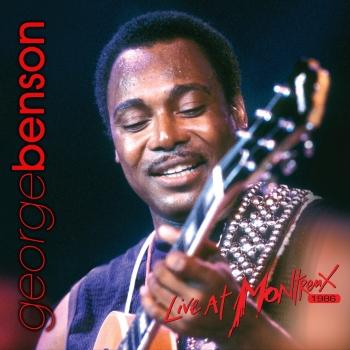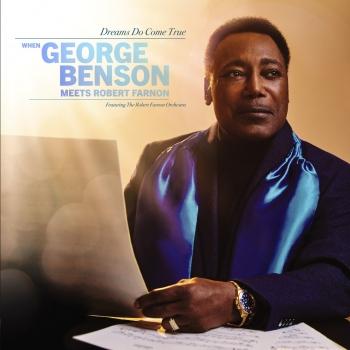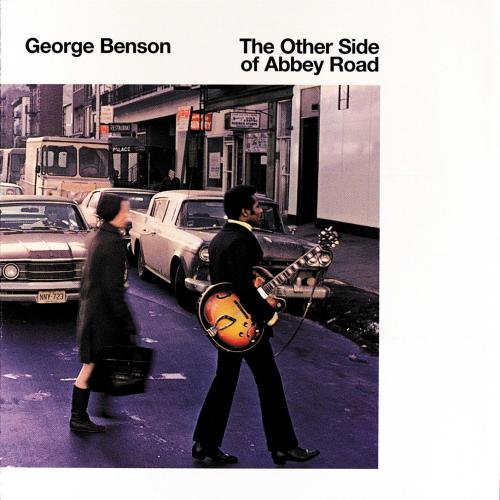
The Other Side Of Abbey Road (Remastered) George Benson
Album info
Album-Release:
1970
HRA-Release:
20.08.2021
Album including Album cover
I`m sorry!
Dear HIGHRESAUDIO Visitor,
due to territorial constraints and also different releases dates in each country you currently can`t purchase this album. We are updating our release dates twice a week. So, please feel free to check from time-to-time, if the album is available for your country.
We suggest, that you bookmark the album and use our Short List function.
Thank you for your understanding and patience.
Yours sincerely, HIGHRESAUDIO
- 1 Golden Slumbers / You Never Give Me Your Money 04:47
- 2 Because / Come Together 07:26
- 3 Oh! Darling 04:01
- 4 Here Comes The Sun / I Want You (She's So Heavy) 09:00
- 5 Something / Octopus's Garden / The End 06:21
Info for The Other Side Of Abbey Road (Remastered)
“The Other Side of Abbey Road.” The album features covers of most of the songs on that Beatles’ classic, but done up in George Benson jazz style. Highlights include “Come Together,” “I Want You (She’s So Heavy)” and “Oh! Darling.” Benson is joined by an all star cast including Herbie Hancock, Ron Carter, Idris Muhammad, Ed Shaughnessy, Ray Barretto, Andy Gonzalez, Sonny Fortune, Freddy Hubbard, Hubert Laws and more.
"Just three weeks after the U.S. release of the Beatles' swan song, Abbey Road, Creed Taylor ushered George Benson into the studio to begin a remarkably successful pop-jazz translation of the record (complete with a parody of the famous cover, showing Benson with guitar crossing an Eastern urban street). It is a lyrical album, with a hint of the mystery and a lot of the cohesive concept of the Beatles' original despite the scrambled order of the tunes. Benson is given some room to stretch out on guitar, sometimes in a bluesy groove, and there are more samples of his honeyed vocals than ever before (oddly, his voice would not be heard again by record-buyers until he signed with Warner Bros.). Don Sebesky's arrangements roam freely from baroque strings to a full-throated big band, and Freddie Hubbard, Sonny Fortune, and Hubert Laws get some worthy solo space. Yet for all its diversity, the record fits together as a whole more tightly than any other George Benson project, thanks to his versatile talents and the miraculous overarching unity of the Beatles' songs. One wonders if the Fab Four liked it, too." (Richard S. Ginell, AMG)
George Benson, guitar, vocals
Bob James, acoustic piano, organ, harpsichord
Herbie Hancock, acoustic piano, organ, harpsichord
Ernie Hayes, acoustic piano, organ, harpsichord
Ron Carter, bass
Jerry Jemmott, bass
Idris Muhammad, drums
Ed Shaughnessy, drums
Ray Barretto, percussion
Don Ashworth, baritone saxophone
Sonny Fortune, alto saxophone
Jerome Richardson, tenor saxophone, clarinet, flute
Wayne Andre, trombone, euphonium
Freddie Hubbard, trumpet
Mel Davis, trumpet, flugelhorn
Recorded October 22–23 & November 4–5, 1969 at Van Gelder Studio, Englewood Cliffs
Produced by Creed Taylor
Digitally remastered
Born on March 22, 1943 in Pittsburgh, Pennsylvania, Benson showed prodigious talent from an early age, winning a singing contest when he was only four years old and enjoying a short career as a child radio performer under the name of “Little Georgie Benson.” He started playing the guitar when he was eight, but it was as a vocalist that he spent much of his vast musical energy as a teenager, organizing and performing with a succession of rhythm-and-blues and rock bands around Pittsburgh. He made recordings for RCA Victor’s X Records subsidiary in the middle 1950s. But Benson’s stepfather encouraged his instrumental efforts by constructing a guitar for him, and in his late teens he began to concentrate exclusively on guitar. Seeking out the music of modern jazz’s golden age, he became more and more interested in jazz, and was particularly inspired by recordings of saxophonist Charlie Parker and guitarists Charlie Christian and Grant Green.
Discovered by John Hammond: In 1961 Benson jumped to the national stage when he joined the group backing jazz organist Jack McDuff. He played and recorded with McDuff for four years. Then he struck out on his own: he moved to New York City, then the capital of the jazz universe, and formed his own band. There Benson made two acquaintances who proved crucial in setting him on the path to jazz stardom: guitarist Wes Montgomery, whose soft tone and graceful octave playing provided Benson with his most important stylistic inspiration, and Columbia Records producer and executive John Hammond, whose unerring eye for talent brought
This album contains no booklet.







